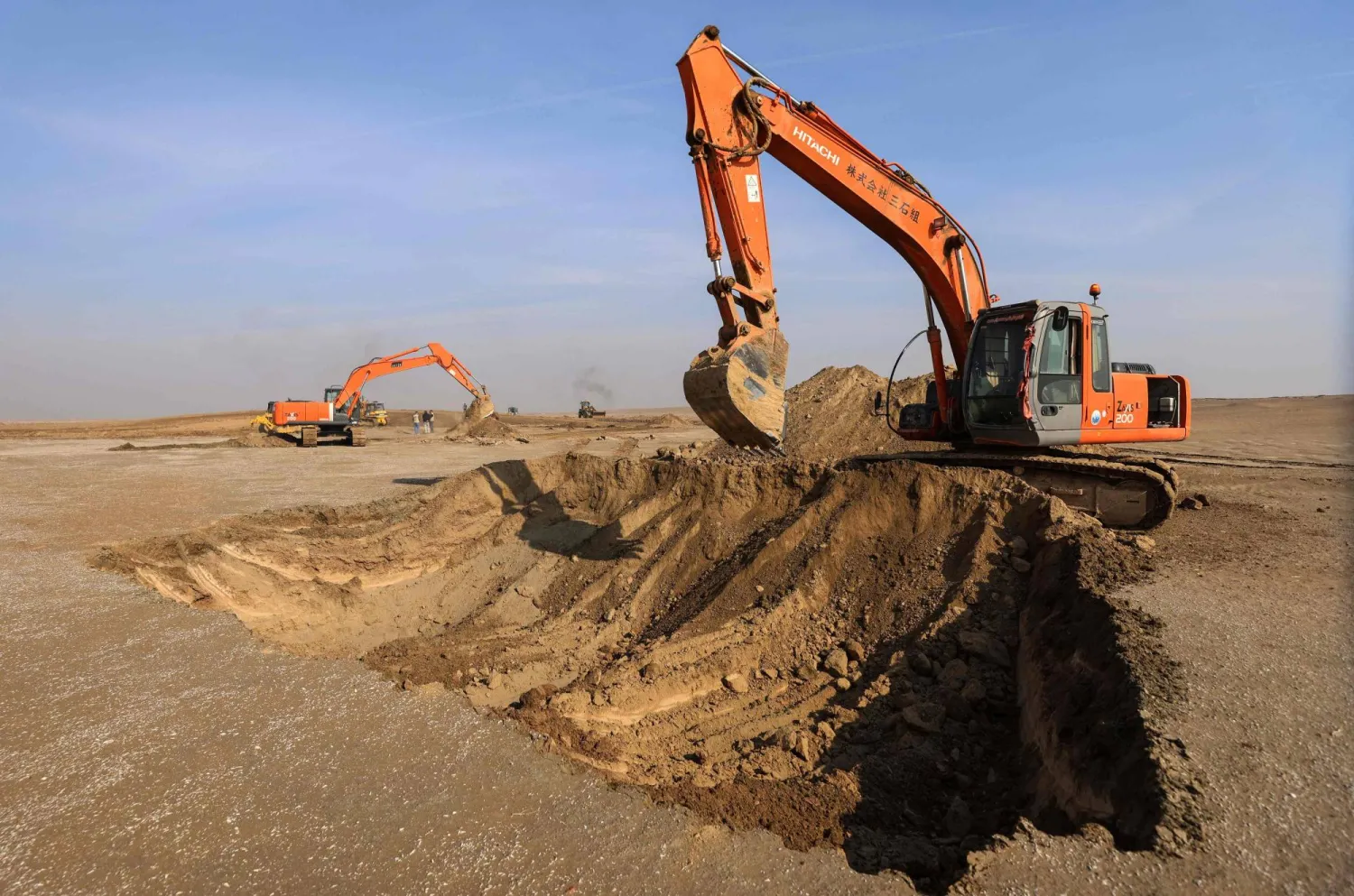Indonesia’s Mount Lewotobi Laki Laki volcano spewed towering columns of hot ash high into the air Saturday, days after a huge eruption killed nine people and injured dozens of others.
Activity at the volcano on the remote island of Flores, in East Nusa Tenggara province, has increased since Monday’s initial eruption. On Thursday, authorities expanded the danger zone as the volcano erupted again.
Friday's activity saw the largest column of ash so far recorded at 10 kilometers (6.2 miles) high, Hadi Wijaya, the head of the Center for Volcanology and Geological Disaster Mitigation, told a news conference.
Wijaya said volcanic materials, including smoldering rocks, lava, and hot, thumb-size fragments of gravel and ash, were thrown up to 8 kilometers (5 miles) from the crater on Friday.
There were no casualties reported from the latest eruption as the 1,584-meter (5,197-foot) volcano shot billowing columns of ash at least three times Saturday, rising up to 9 kilometers (5.6 miles), the volcano monitoring agency said.
Authorities increased Lewotobi Laki Laki’s alert status to the highest level since Monday, and expanded the danger zone on Thursday to a radius of 8 kilometers (5 miles) on the northwest and southwest sides of the mountain slope.
“We are still evaluating how far the (danger zone) radius should be expanded,” Wijaya said. Hot clouds of ash “are currently spreading in all directions.”
The volcanic activity has damaged schools and thousands of houses and buildings, including convents, churches and a seminary on the majority-Catholic island.
Craters left by rocks falling from the eruptions measured up to 13 meters (43 feet) wide and 5 meters (16 feet) deep, experts found.
Authorities have warned the thousands of people who fled the area not to return home, as the government planned to evacuate about 16,000 residents out of the danger zone. The series of eruptions throughout the week have already affected more than 10,000 people in 14 villages, with more than half moving into makeshift emergency shelters, The Associated Press reported.
A total of 2,384 houses and public facilities were damaged or had collapsed after tons of volcanic material hit the buildings, said Kanesius Didimus, head of a local disaster management agency. It also destroyed a main road connecting East Flores district where the mountain is located to neighboring Larantuka district.
Rescue workers, police and soldiers searched devastated areas to ensure all residents had been moved out from the danger zone. Logistic and relief supplies were provided to about 10,700 displaced people in eight evacuation sites as of Saturday.
The National Disaster Management Agency said residents of the hardest-hit villages would be relocated within six months, and each family waiting to be rehoused would be compensated 500,000 rupiah ($32) per month.
About 6,500 people were evacuated in January after Mount Lewotobi Laki Laki began erupting, spewing thick clouds and forcing the government to close the island’s Fransiskus Xaverius Seda Airport. No casualties or major damage were reported, but the airport has remained closed due to seismic activity.
Three other airports in neighboring districts of Ende, Larantuka and Bajawa have been closed since Monday after Indonesia’s Air Navigation issued a safety warning due to volcanic ash.
Lewotobi Laki Laki is one of a pair of stratovolcanoes in the East Flores district of East Nusa Tenggara province, known locally as the husband-and-wife mountains. “Laki laki” means man, while its mate is Lewotobi Perempuan, or woman. It's one of the 120 active volcanoes in Indonesia, an archipelago of 280 million people. The country is prone to earthquakes, landslides and volcanic activity because it sits along the “Ring of Fire,” a horseshoe-shaped series of seismic fault lines around the Pacific Ocean.
Indonesia's Mount Lewotobi Laki Laki Unleashes Towering Columns of Hot Clouds

Residents watch as Mount Lewotobi Laki Laki volcano spews volcanic materials during an eruption in East Flores, Indonesia Saturday, Nov, 9, 2024. (AP Photo)

Indonesia's Mount Lewotobi Laki Laki Unleashes Towering Columns of Hot Clouds

Residents watch as Mount Lewotobi Laki Laki volcano spews volcanic materials during an eruption in East Flores, Indonesia Saturday, Nov, 9, 2024. (AP Photo)
لم تشترك بعد
انشئ حساباً خاصاً بك لتحصل على أخبار مخصصة لك ولتتمتع بخاصية حفظ المقالات وتتلقى نشراتنا البريدية المتنوعة







